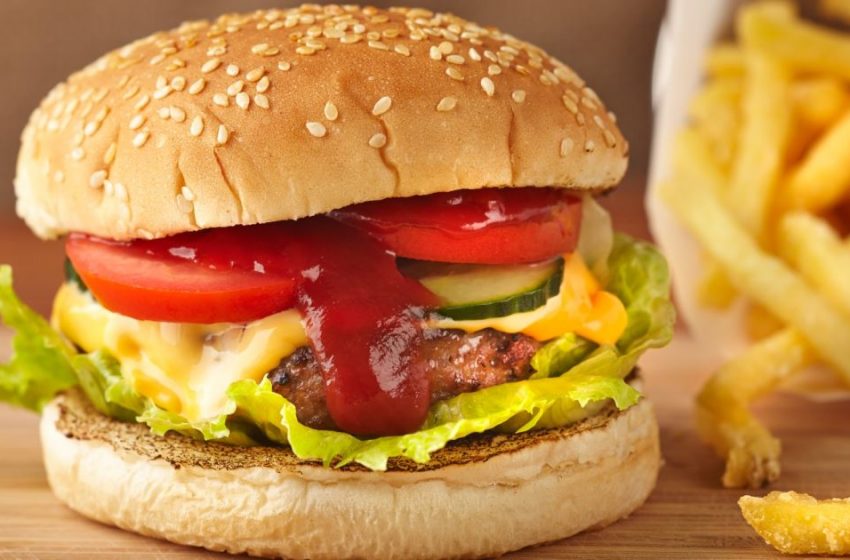SEVEN FOODS WE AUSTRALIANS SHOULD BE EATING, BUT AREN’T

The archetypical Australian diet needs modifications, not just for health reasons but also for environmental reasons. Here is a list of seven foods which we should be eating but aren’t –
- Lionfish
Lionfish are available in the Pacific Ocean in unbelievable numbers. These fishes are increasing their population on an extremely high rate since they are devouring anything and everything that crosses their path. The best method to control them is to eat them! The dorsal fins of Lionfish are venomous but the meat is quite delicious. It tastes like Hogfish, which is one of the most popular reef-fishes in the world, known for its buttery meat.
- Goat Meat
Goat meat preparations are a staple of Middle Eastern countries and a number of Asian countries. Goat meat is a much healthier option than pork, beef or poultry as it contains lesser amount of fat and calories. The meat is still not that common in the grocery stores of Australia as it should be. It tastes really good and there are so many recipes which you can prepare with this meat.
- Insects
A number of beetles, caterpillars, worms and wasps are edible. More than two billion people from around the world consume insects on daily basis. But in Australia, there is a huge ‘yuck factor’ associated with these recipes.
- Beans
Beans are easy to prepare, highly nutritious, cheap and have a long shelf life, yet people do not find these legumes interesting. A bowl of dry beans is rich in nutrients like calcium, iron, vitamin-B, fibre and protein.
- Buffaloberries
Buffaloberries are slightly sour in taste but are touted as the next ‘superfruit’ by the researchers. The berries are rich in lycopene, a natural antioxidant which can lower the risk of developing cancerous diseases. Lycopene is also found in tomatoes and bell peppers but buffaloberries contain a much higher content of this antioxidant. Also, since buffaloberries are easy to cultivate, they can be a great commercial success for the farm owners of Australia.
- Seaweed
Sushi is made by wrapping vinegared rice in a piece of Nori (which is a kind of seaweed). The Japanese delicacy has become a common sight on the dining tables of Australian restaurants but there are many other seaweed recipes, which are still pretty rare to be found in our country. When prepared with the right amount of olive oil, seaweed varieties like the red, brown and green seaweed can be a delicious source of protein and essential vitamins.
- Vegetable Skins
Do you know, when you are throwing away the skins of potatoes, kiwis or oranges you are actually throwing away a big chunk of minerals and vitamins into the dustbin? That’s true! A number of vegetable and fruit skins are edible and apparently are full of nutrients. Sometimes the skins are more nutritious than the pulp itself! So think again before tossing them away.





